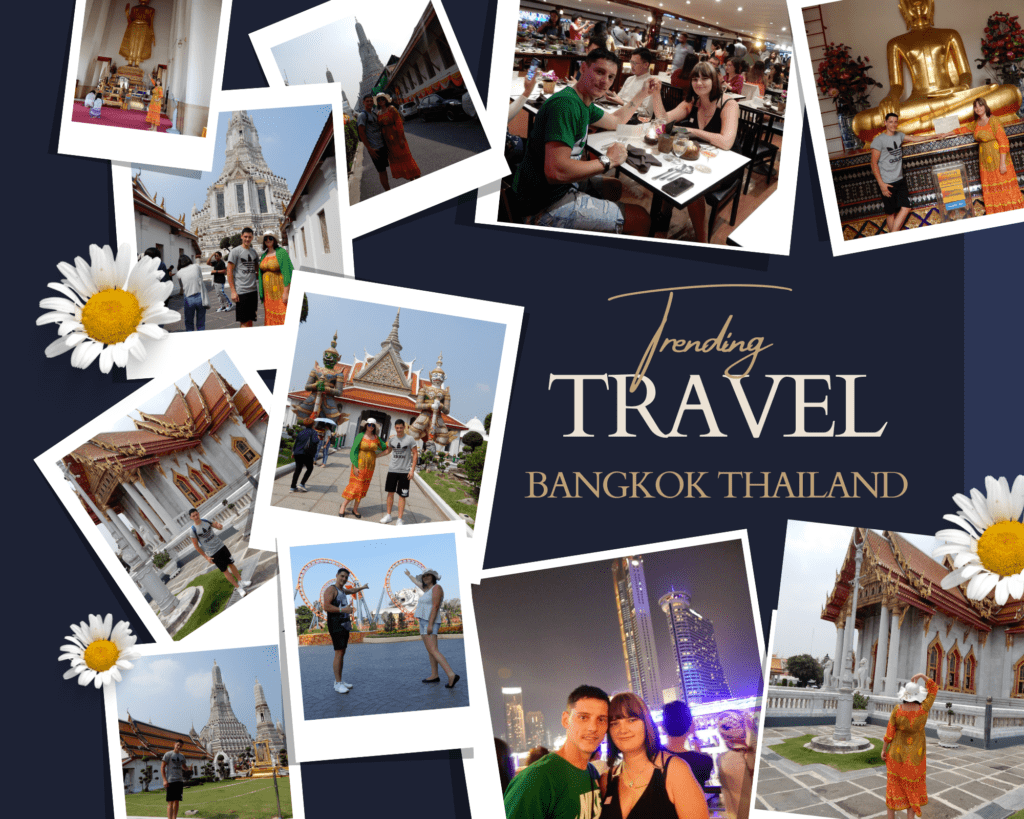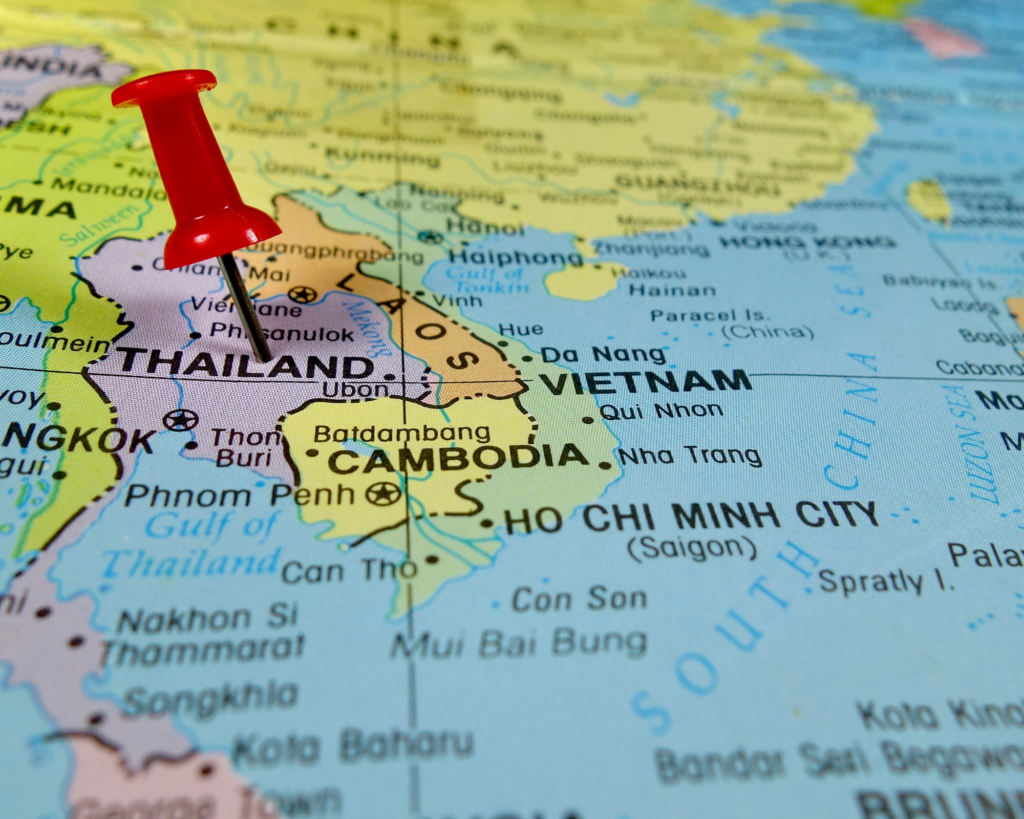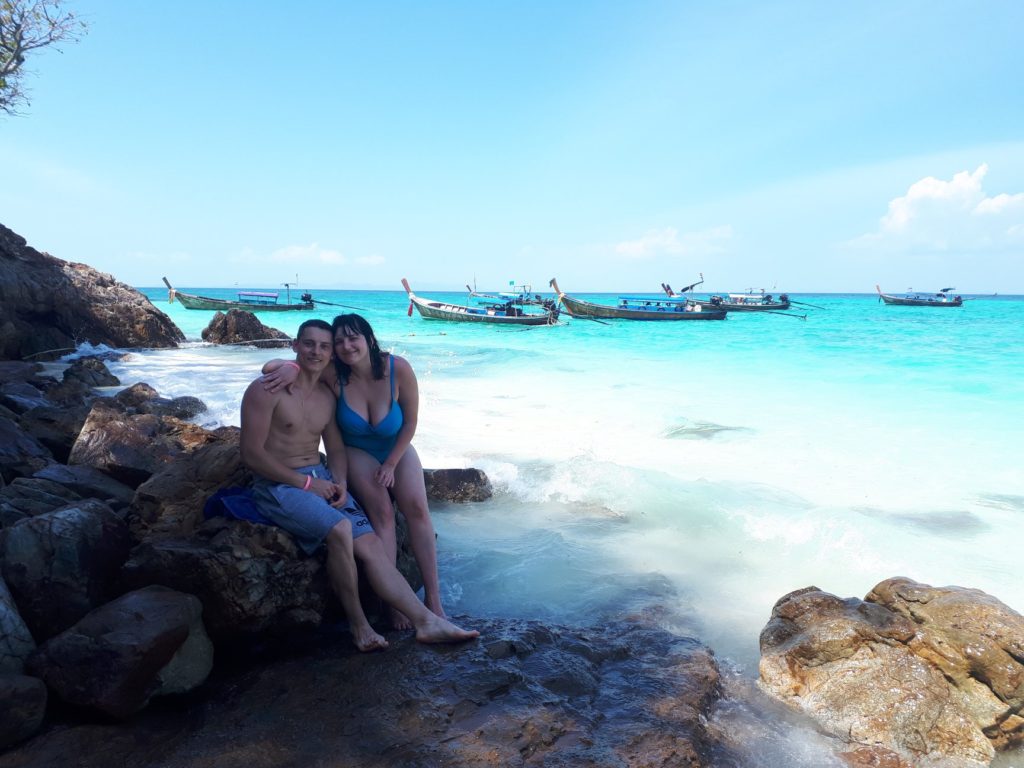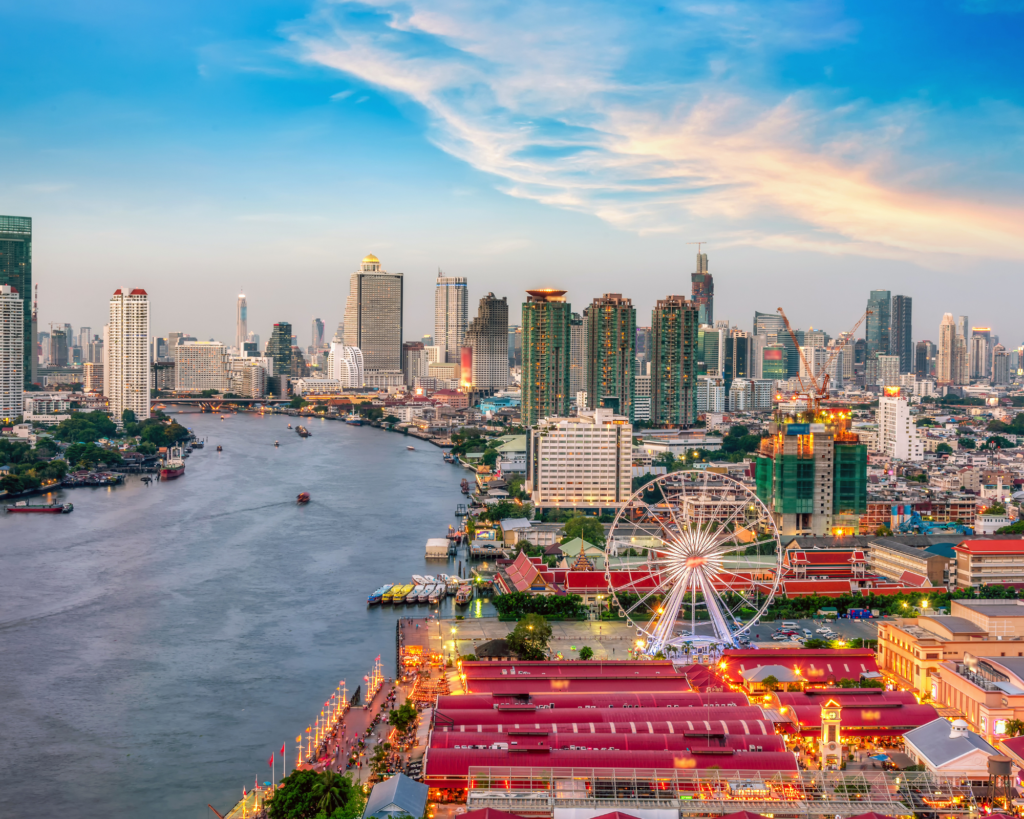Thailand-the land of smiles,beautiful places and people

We fell in love with all the countries we visited and we kept them all in our hearts, but in a special way, compared to other countries, Thailand conquered us through the goodness of the people, and here we had for the first time given the opportunity to make true friends with whom we spent wonderful moments. We visited Thailand twice. Our first visit was in Khao Lak and Phuket and the second visit was in the capital, Bangkok.
If we had the opportunity to move somewhere when we are old, Thailand would be first on our list. We recommend that you read our travel guides and be inspired by what we have visited, our tours and you will find there the most important tips before your trip in Thailand.
Where is Thailand on the map?
Thailand, historically known as Siam and officially the Kingdom of Thailand, is a country in Southeast Asia, located at the center of the Indochinese Peninsula, spanning 513,120 square kilometres (198,120 sq mi), with a population of almost 70 million. The country is bordered to the north by Myanmar and Laos, to the east by Laos and Cambodia, to the south by the Gulf of Thailand and Malaysia, and to the west by the Andaman Sea and the extremity of Myanmar. Thailand also shares maritime borders with Vietnam to the southeast, and Indonesia and India to the southwest. Bangkok is the nation’s capital and largest city.
The Siamese system of government was centralised and transformed into a modern unitary absolute monarchy in the reign of Chulalongkorn. In World War I, Siam sided with the Allies, a political decision made in order to amend the unequal treaties. Following a bloodless revolution in 1932, it became a constitutional monarchy and changed its official name to Thailand, becoming an ally of Japan in World War II. In the late 1950s, a military coup under Field Marshal Sarit Thanarat revived the monarchy’s historically influential role in politics.

Subscribe to our newsletter
Apart from a brief period of parliamentary democracy in the mid-1970s, Thailand has periodically alternated between democracy and military rule. Since the 2000s the country has been caught in continual bitter political conflict between supporters and opponents of Thaksin Shinawatra, which resulted in two coups (in 2006 and 2014), along with the establishment of its current constitution, a nominally democratic government after the 2019 Thai general election, and large pro-democracy protests in 2020–2021 which included unprecedented demands to reform the monarchy.
Tourism makes up about 6% of the country’s economy. Prior to the pandemic, Thailand was world’s eighth most visited country as per World Tourism rankings compiled by the United Nations World Tourism Organization. In 2019, Thailand received 39.8 million international tourists, ahead of United Kingdom and Germany and received fourth highest international tourism earning at 60.5 billion US dollar. Thailand was the most visited country in Southeast Asia in 2013, according to the World Tourism Organisation. Estimates of tourism receipts directly contributing to the Thai GDP of 12 trillion baht range from 9 percent (1 trillion baht) (2013) to 16 percent.
When including the indirect effects of tourism, it is said to account for 20.2 percent (2.4 trillion baht) of Thailand’s GDP. Asian tourists primarily visit Thailand for Bangkok and the historical, natural, and cultural sights in its vicinity. Western tourists not only visit Bangkok and surroundings, but in addition many travel to the southern beaches and islands. The north is the chief destination for trekking and adventure travel with its diverse ethnic minority groups and forested mountains. The region hosting the fewest tourists is Isan. To accommodate foreign visitors, a separate tourism police with offices were set up in the major tourist areas and an emergency telephone number.


